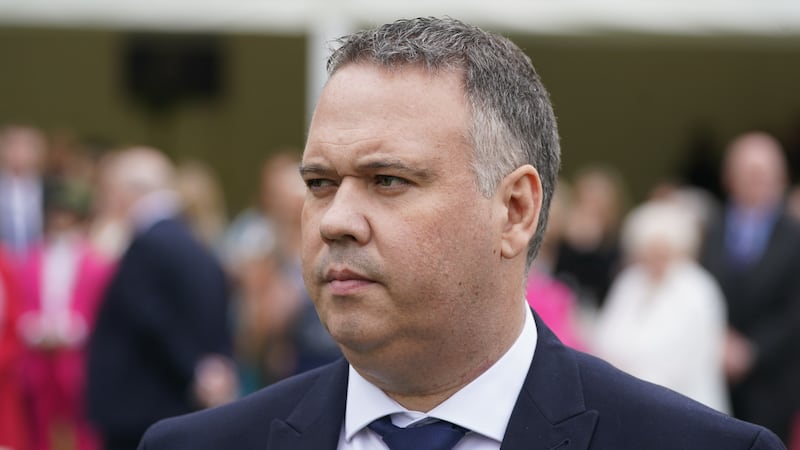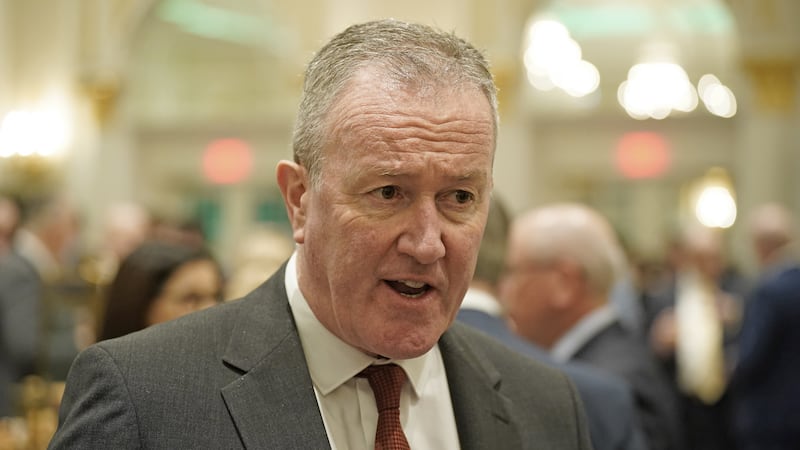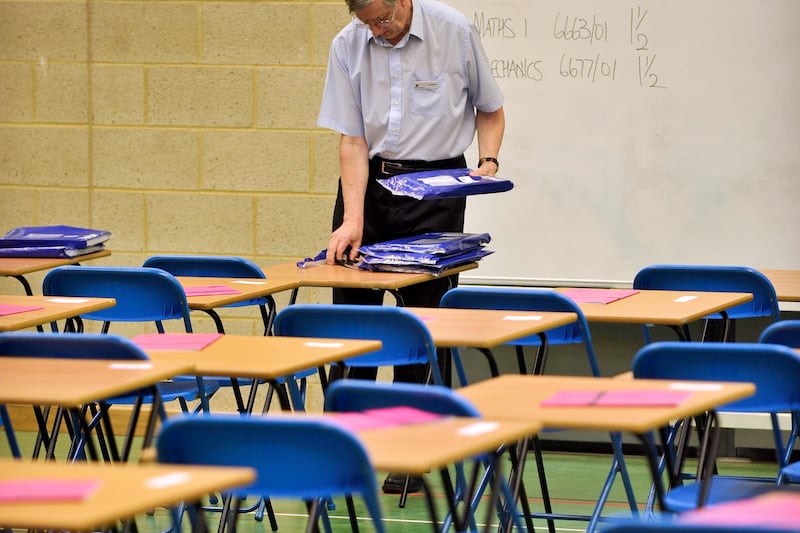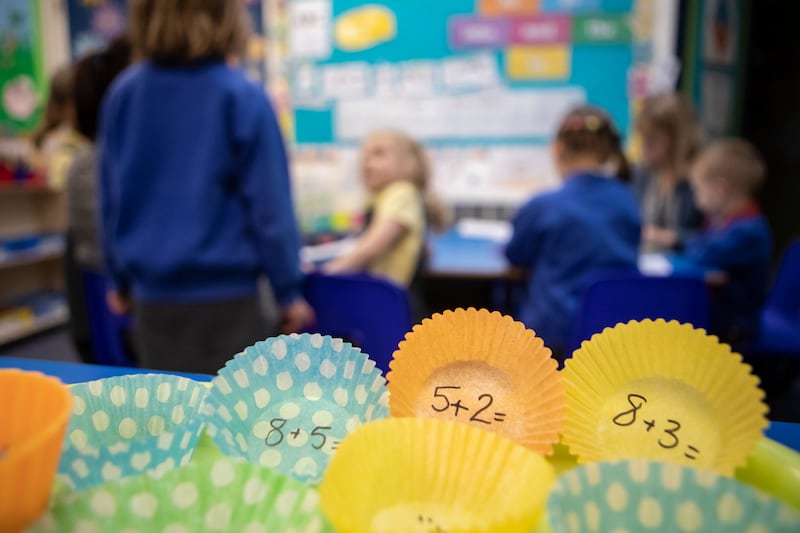ALMOST 300 schools in Northern Ireland face being overhauled due to concerns about pupil numbers in a shake-up of the education system published today.
Figures released by the Education Authority (EA) reveal that 228 primary schools and 54 post primary schools in the north fall below the sustainable schools policy threshold in terms of minimum pupil numbers.
Fermanagh and Omagh district council area has the highest number of schools that could be subject to review with 50 primary and post-primary schools "below the enrolment threshold".
It can also be revealed today that educating a pupil at a smaller primary school is around £1,500 more expensive per child in smaller schools, compared to larger schools.
Figures show the average teaching costs per pupil at a primary school of less than 60 children is £4,094, compared to £2,459 at a school of more than 630 children.
The statistics are revealed by the EA as its publishes its Strategic Area Plan for Northern Ireland 2022-2027.
As far back as December 2006, an independent Strategic Review of Education (the Bain Review) indicated that, because of falling pupil numbers and Northern Ireland’s many school sectors, there were too many schools.
In response to the findings of the Bain Review, the Department of Education introduced its Policy for Sustainable Schools in January 2009. Since then, dozens of schools have been shut down or merged. Some others have been allowed to expand.
No sector has been immune - grammar, primary, secondary and nursery providers in rural and urban areas have all faced upheaval.
Similarly, Catholic, state-controlled, Irish-medium and integrated schools have all been affected.
Previous Department of Education annual report on area planning have noted a considerable amount of time and effort being expended by planning authorities to identify "area solutions to planning issues". The pace of planning has been too slow, it found.
This is the EA's second regional strategic area plan.
It aims to "ensure that all primary and post-primary pupils have access to a broad and balanced curriculum that meets their educational needs in a school that is educationally and financially viable and sustainable".
The body has also launched the Special Education Strategic Area Plan 2022-27 today - the first regional plan to focus on special education in the north.
Collaborating with the Council for Catholic Maintained Schools, Northern Ireland Council for Integrated Education, Comhairle na Gaelscolaíochta and Controlled Schools' Support Council, the five-year Strategic Area Plan aims to "develop a network of sustainable schools that of the right type, of the right size, located in the right place and with a focus on raising standards".
It identifies key themes and actions that it and other managing authorities will focus on.
The three areas to be examined are:
:: Primary pupils being taught in composite classes of more than two year groups
:: Post-primary schools that are failing to provide a broad and balanced curriculum for pupils in years 8-12
:: Sixth forms with fewer than 100 pupils that cannot offer a full range of courses
The document also states that it will "address school provision which is not educationally and/or financially sustainable" as well as explore solutions to "ensure there is a viable and sustainable level of quality educational provision".
It also aims to "find solutions which deliver sustainable education provision in rural areas" and "address issues and challenges specific to local areas and ensuring there are sufficient places, which may mean increasing places in some areas while reducing places in others".
Among the "challenges to change" that are highlighted in the plan are the number of schools that fall below the sustainable schools policy minimum enrolment thresholds.
To be considered sustainable, rural primaries should have a minimum of 105 pupils while those in Belfast and Derry need 140. Post-primary providers must have at least 500 pupils while sixth forms should have a minimum of 100.
While enrolment is just one of six criteria taken into consideration by the Department of Education when determining the sustainability of a school, it highlights that there is an issue that needs to be investigated.
Of the 479 schools identified as rural and 505 identified as urban in Northern Ireland, a total of 282 schools (228 primary and 54 post-primary) fall below the minimum threshold.
The document highlights "when the sustainable schools policy minimum threshold is applied, 44 per cent of the rural schools fall below the 105 pupils in a primary school and 47 per cent fall below the 500 pupils in a post-primary school".
It states: "While aiming to support sustainable rural provision, there are still too many small/unsustainable schools.
"There may be some local circumstances, where provision will be necessary but the determination of this will be subject to consultation, assessment and rationale for provision".
The figures show that the Fermanagh and Omagh district council area has the highest number of schools "below the enrolment threshold" - 39 primary and 11 post-primary, which will be subject to review.
The plan states the schools will be reviewed to "find a sustainable model of (primary or post-primary) provision through a phased programme".
Newry, Mourne and Down district has 48 schools that do not meet the enrolment threshold, while there are 46 in the Causeway Coast and Glens borough council and 41 schools in the Mid Ulster region.
The area plan will also look at Post-16 provision in some schools as there are 42 in the north with sixth forms of fewer than 100 pupils.
Over the next five years, there will be an aim to "develop solutions for schools with sixth forms of fewer than 100 that cannot offer a full range of courses".
Examples of some of the actions, the EA said will "drive forward the changes required in order to realise the vision and meet the objectives of area planning" are:
:: Increase the number of pupils taught in educationally and financially sustainable schools
:: Decrease the number of pupils taught in composite classes of more than two year groups in primary schools
:: Increase the number of pupils who can access the Entitlement Framework at Key Stage 4 and Post 16 either in their own school or through collaboration/Area Learning Community in post-primary schools
:: Encourage and facilitate the development of sustainable Irish Medium and Integrated education
:: Engage with the Department of Education to strengthen links between capital investment and development proposal implementation
EA director of education Michele Corkey said: "To meet the draft plan’s goals, we need managing authorities and sectoral bodies to continue to work together to find solutions to the many complex challenges which are shaped by falling or rising pupil numbers, parental choice, changing demographics and multiple school sectors within a certain area.
"Our focus must remain at all times on the educational needs of pupils and not on the needs of individual institutions or sectors."
Consultations on the two strategic area plans open today on the EA website and run until April 12.








